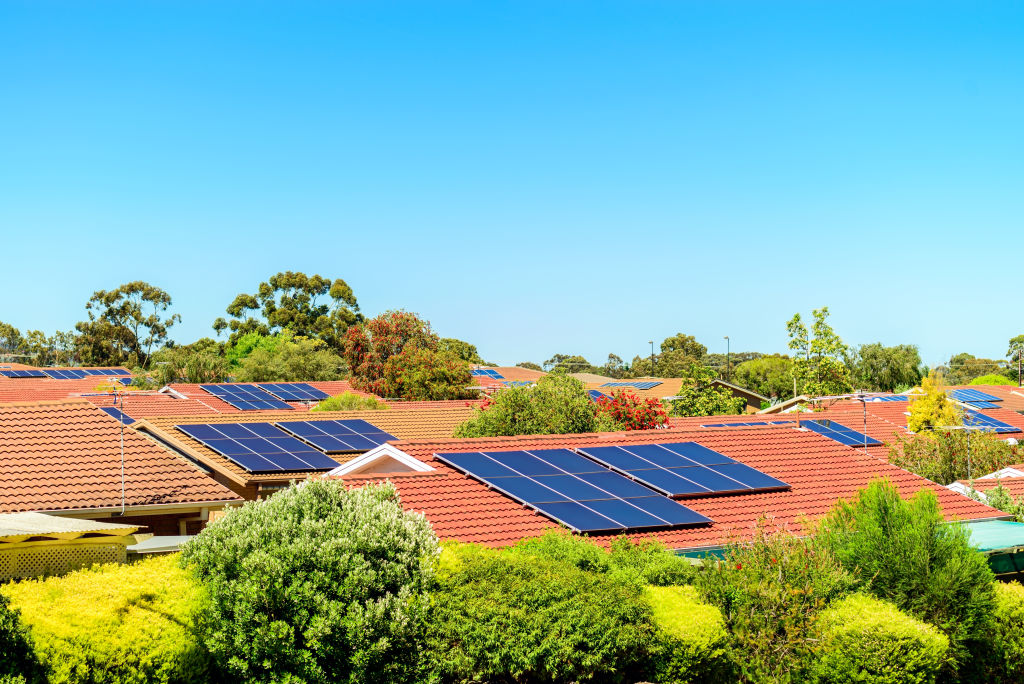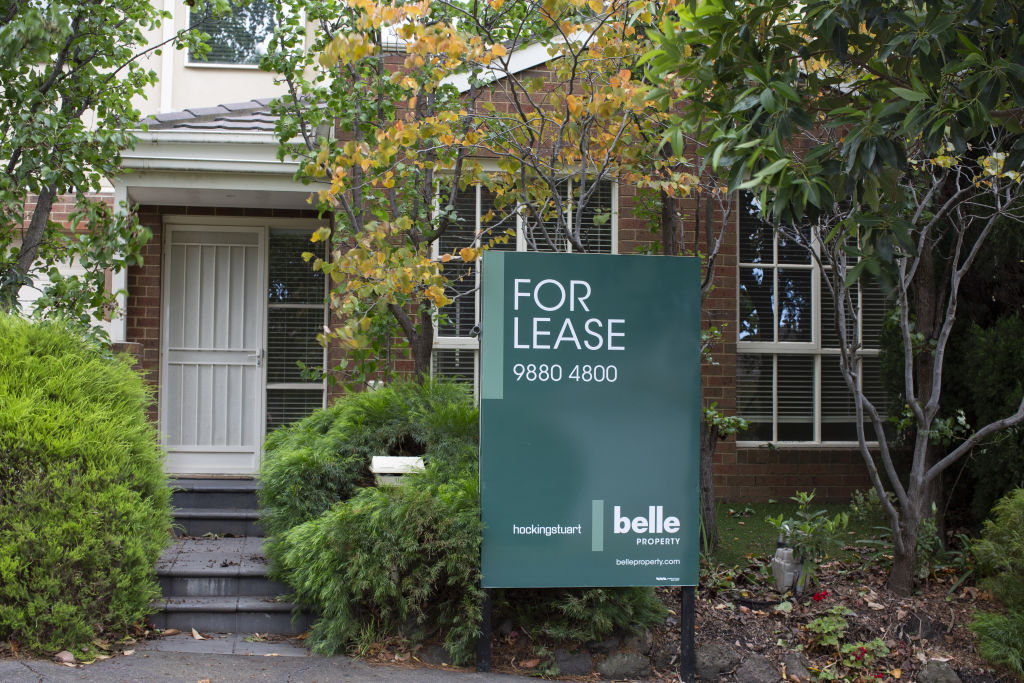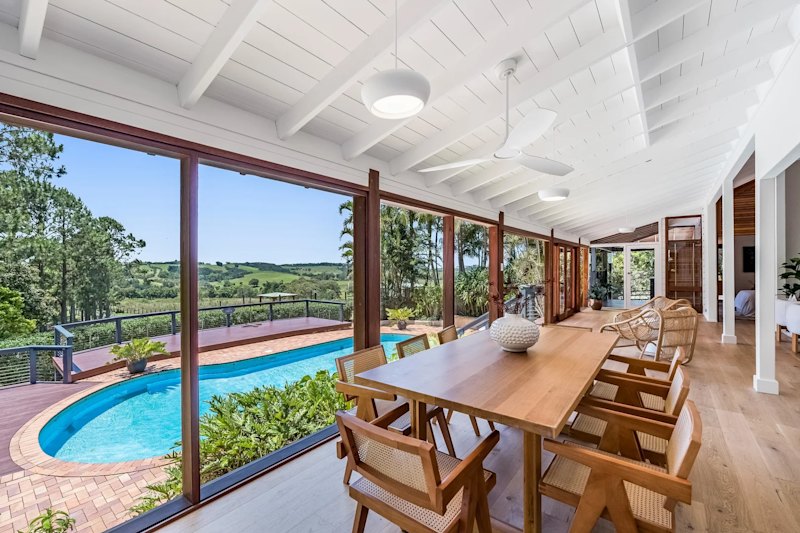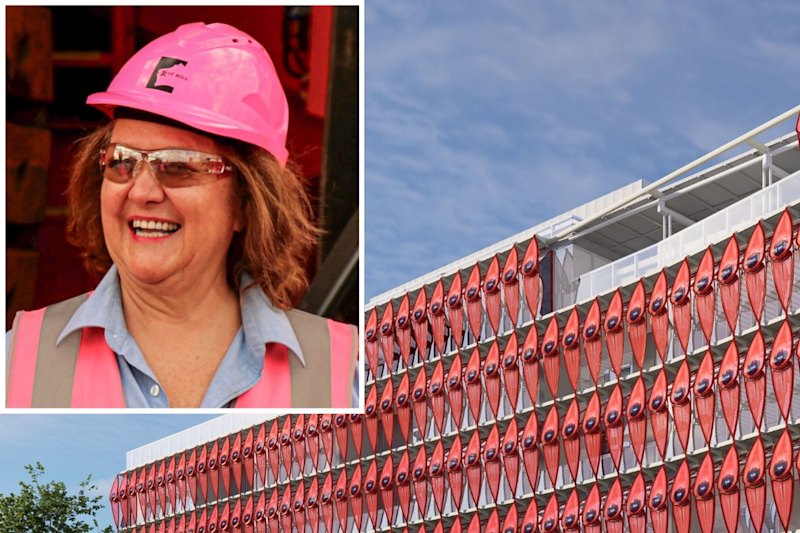ACT calls for a national energy efficiency improvement in new homes

The ACT government will call for the National Construction Code to require all new homes to be built to a minimum of seven-star energy efficiency at the Building Ministers’ Meeting on Friday.
The change in the code will require all new homes built in Australia to have a minimum energy efficiency rating of seven, which will increase it from the current direction of six in most states or territories including the ACT.
The energy efficiency rating itself measures how sustainable a home is — the higher the number, the greater the efficiency.
Currently, the ACT is the only jurisdiction with mandatory disclosure of energy efficiency ratings on properties for sale and for rent.

ACT minister for sustainable building and construction Rebecca Vassarotti said this new change should be the bare minimum, as it will also lower bills and reduce social inequality.
“Everyone should be able to live in a home that is comfortable and energy efficient but … many people are living in homes that are expensive to heat in winter and cool in summer,” she said.
“Rental properties that are not energy efficient lead to higher energy bills and sometimes dangerously cold or hot houses for people that call them home.
“It is often the case that those with the least capacity to pay have no choice but to live in properties that are the most expensive to heat and cool.”
This comes after Canberra was found to be the coldest city in which to rent through research conducted by Better Renting, as well as being the most expensive.
The ACT is also moving towards the requirement for rental properties to meet a certain standard for ceiling insulation to combat this issue.
The change in energy efficiency requirements will also push Australia’s sustainability levels closer to international standards, Vassarotti added.
“Research shows that at seven stars, we’ll still be behind the codes of other comparable climates and jurisdictions,” she said.

Acting ACT executive director of Property Council of Australia Adele Lausberg also said the time for Australia to catch up to the rest of the world is now.
“Increasing the minimum energy efficiency ratings in new homes will slash the energy bills of Canberrans, ease long-term cost of living pressures and support net-zero ambitions,” she said.
“Our political leaders have an opportunity to demonstrate their commitment to reducing emissions and cost of living pressures by implementing these amendments.
“Australia’s energy standards for new homes haven’t been meaningfully updated in more than a decade, while the National Construction Code has sat idle.”
Homes that are built to be north-facing, use the amount of space necessary for the household, have good insulation, airtightness and double-glazing would likely have a higher energy efficiency rating than those that do not, according to managing director of Light House Architects Jenny Edwards.
Master Builders ACT chief executive Michael Hopkins said there would be a need to consider how long training would take for this kind of building to be possible.
“Master Builders ACT welcomes [the call] … but emphasises the need for a considered and planned transitional period,” he said.
“In order for the industry to adapt to these changes, sufficient time needs to be allowed to develop and deliver education for the sector and regulators.
“Importantly, consistency between the ACT and NSW jurisdictions should be a key consideration, as the majority of ACT-based builders, subcontractors, suppliers, designers and architects work across the border.”
We recommend
We thought you might like
States
Capital Cities
Capital Cities - Rentals
Popular Areas
Allhomes
More
- © 2025, CoStar Group Inc.








